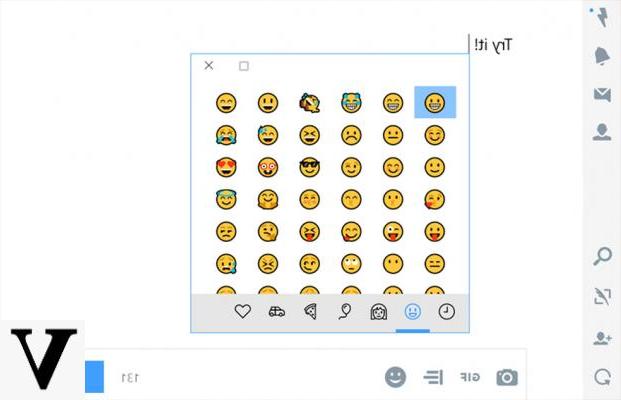
Last week, Apple announced that all users of its products had access to the new cartography, more detailed and accurate than the previous version, and that new countries (including Europeans) could benefit from it during this year as well. The new maps cover 99,8 of the US surface and 98,9 of its population.
While it sounds incredible, we are praising a Maps application to draw routes correctly, knowing the roads that exist and those that have disappeared, those that are forbidden and those that are dead ends.
After all, what else can you ask for from an application called Maps?
Let's imagine that Maps was an independent company, and its only product was just that: to produce (and reproduce) the street map of cities with the greatest possible accuracy.
You could sell it by saying "now yes yes", before ... no? Obviously all the maps will have errors, because not all the works on a road can be updated in real time (perhaps not in infinite time, because it affects a small part of the population and no one ever reports the change), but that the journey of Maps, although it has improved dramatically and steadily over the years, it is only understandable if one accepts the very low level it started from.
Things that Maps are missing
Please note:: I am a faithful user of Maps, sometimes out of the desperation of those who accompany me and many to the detriment of my self-esteem, because when you least expect it, it plays it (like making you leave a service route and then bring you back to the main road, or the stage in which he decided that when I asked him to take me home he thought I lived in the center of the capital instead of in the country he always took me to, and so many surreal moments that I lived).
Probably what I'd most like Apple to incorporate into Maps is the reference to the speed you're taking versus the allowable speed.
Many times the changes in speed limits are so arbitrary and abrupt that it is difficult to keep track of them - and it is something the computer can do with near total precision.
I'm not talking about embedding the radar database (which would be a good detail), but if it at least warned you that you're causing speeding fines, that would be something.
In addition, other features are missing that from my point of view are from the first Maps course, such as being able to create routes by specifying where we want to go.
Surely all of you who use Maps (or would like to use it) have your own problem that prevents you from doing it (leave a comment!).
Waze
Waze (in case you don't know it) is a satellite navigator of Israeli origin that Google bought in 2013 for about 1.100 million dollars.
Sure enough, Google has Maps and Waze.
The peculiarity of Waze is that it is «crowd source», ie it is the users themselves who collaborate in reporting that there is a traffic jam, an accident, work in progress, etc. so that other users can change their route if they consider it convenient, or at least be informed of what awaits them.
As far as I know, the only way to do this on an iPhone (I don't know if Android is different) is to physically access the phone to dial the incident.
Considering that these are actions while driving, there are probably thousands of users who take their attention off the road to do their "good deed".
I've checked and Siri can't be used to report a problem.
Crab
With the arrival of the new Maps, Apple could open Siri to users to participate in improving the real state of the races via voice commands, such as:
"Hey Siri, tell Maps there's an accident here."
"Hey Siri, tell Maps there's a traffic jam here"
Of course, those same shortcuts should be compatible with waze or Maps, if Google sees fit, by simply changing the app name (tell Waze, tell Maps).
Apple Maps could have the best of both worlds: a revamped map dated 2020 and a collaboration of millions of iPhone users on the road that could make for an unrivaled proximity service.
Conclusion
I am convinced that the new Apple Maps are a first step in a strategy that goes far beyond, which starts on the street but ends inside the buildings, taking advantage of the new features that are coming to Bluetooth and Wi-Fi, and that we will allow. to leave the house and reach office 163 on the 14th floor of a building in a pedestrian square without having to change route.
But to get there, Apple first needs to make sure that all of the above steps have been done and are at the level of the "premium" experience it sells.
And for this, in the case of Maps, there are still many stages to go.


























